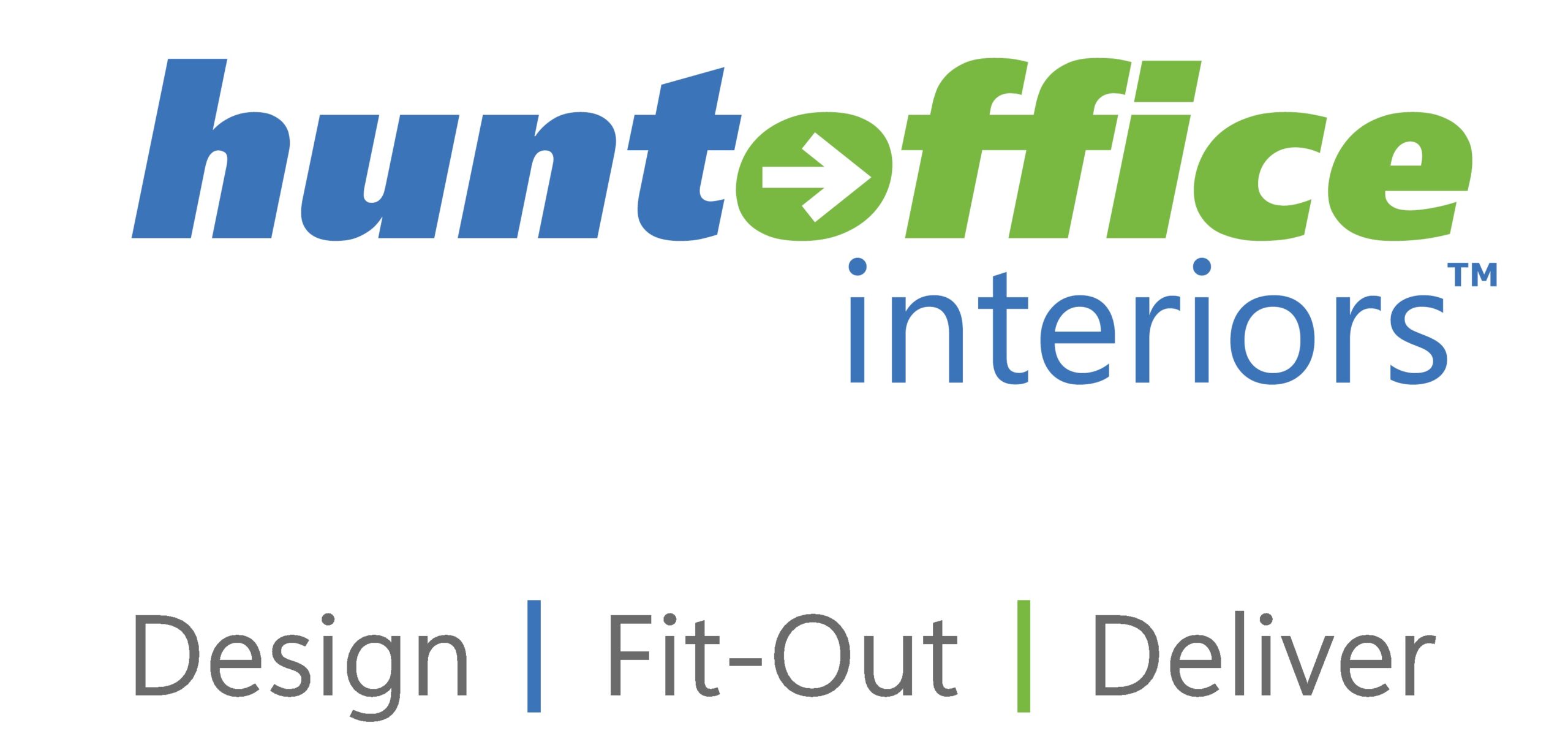Tips for Retrofitting your Creative Workspace
If workplace changes are on your radar, this could be your chance to ditch the one-size-fits-all approach to the workplace in exchange for one tailored specifically to your company. The question is, what exactly do you replace your old workspace with? And, will it hold up against design trends of the future?
Right now, many companies (including financial institutions) are creating more lounge-like environments to compete for the best customer experience. Coffee shop and coworking spaces are also new trends for creative industries. If you’re wondering what characteristics a workspace needs for creativity to thrive, consider these pointers:
Include biophilic design in your office
We humans, whether we’re conscious of it or not, need nature in a deep, fundamental way. Traditionally, office spaces alienated workers from nature, but one of the biggest trends of workplace well-being is bringing natural elements back into offices. Biophilic design not only increases creativity but also reduces stress. Biophilic simply means a design that is in some way connected with nature.
If you’re remodelling or building a workspace from the ground up, you’ll have lots of opportunities to include biophilia elements into your design. But even existing offices can improve creativity by adding more contact with nature into their workspace, such as:
- Views to the outdoors
- Plants
- Green accent walls
- Water fountain
- Natural light
Many of these are relatively easy to incorporate into workspaces. Add them to your lobbies and your clients and customers will benefit from the feel-good qualities of nature as well.
Keep your workplace flexible
Creativity isn’t rigid – its moveable, and that same quality should be implemented in your office design as well. When it feels as though we’re in a fixed space, the mind has the tendency to adopt that same modality. You can encourage more creativity and communication by using rotating desks, unassigned or casual work areas that include different seats and sofas.
Moveable walls are another option that adds a lot of flexibility to workspaces and can turn an open space into a private one in a matter of minutes.
Create a group gathering space
Creative agencies do a lot of collaborative work, so they need an appropriate space for discussing projects, holding meetings between departments, or simply a way for staff to converse in an unstructured way. Your collaboration area(s) can be as simple as a large table, or placed throughout your workspace in the form of work booths and sofas. The details will depend on how your company tends to do collaborative work. Objects you can add to enhance your collaboration space include:
- White board/markers
- Snacks
- Notebooks
- Creative objects
- Natural lighting
Have a privacy solution
Many creative organizations are designed to promote a lot of “cross-pollinating” of ideas and collisions with co-workers, but there are also occasions when privacy will be needed. Meeting rooms for client briefings, performance reviews or presentations are some examples of when a closed off and soundproof area is preferred. Private spaces also allow for work that demands silence or concentration, and makes open floor plan spaces feel balanced. Break rooms that are removed from where work takes place and personal storage are other details you can consider.
Keep your creative tools out in the open
You don’t want the phrase “out of sight, out of mind” to apply to your team’s creative process, so If space allows, leave creative tools out in the open. Typically there’s always some space that can be spared for creative tools and inspiration, but if space is tight, walls can provide great canvases for “mind tools.” A board for modelling, brain mapping, images of sources of inspiration, are just a few of the ways walls can be used as a creative tool.
Do space planning
Consider what options you have for consolidation and reconfiguration when planning how you’ll be using your square footage. You’ll want to think about your growth trends or what you plan to accommodate in the future, and where employees spend most of their time. How are they using the space? More efficient workstations or shared seating can help save space in tight spots.
Get some ideas from the creative team members
Before embarking on big changes in your workspace, make sure you’ve won the enthusiasm and support from others. This includes upper management and any staff the changes will be affecting. Also, have a meeting with the creative ones on your team, chances are they’re full of input as to what would make their work process better.
This gives you the opportunity to drum up excitement (a great work motivator) as well as receive additional ideas or address any push-back before changes take place.
When making creative changes, remember to be strategic in your approach. You know what works and what doesn’t work when it comes to how your organization accomplishes goals, so use that as a guideline when coming up with workspace changes.
Credit: Streamline | July 31, 2017
